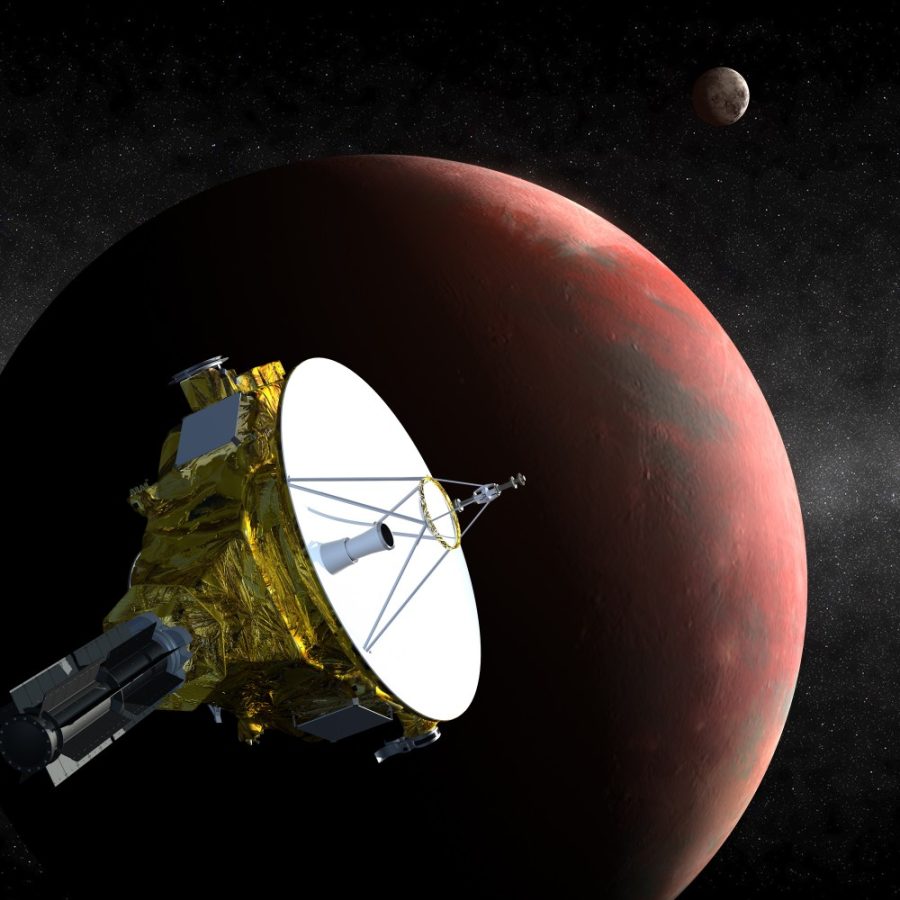Psychology
The Center for Open Science published a paper in the journal Science on Thursday titled, “Estimating the reproducibility of psychological science.” The article sent shock waves through the scientific community.
The team expected to find that they could reproduce about 50 percent of the studies. Instead, they succeeded in producing significant results in only 39 out of 100 experimental replications.
While some see this as a blow, others maintain that retesting in order to verify the results of an experiment is a vital, and normal, part of the scientific process.
The COS explained that there’s a pressure on researchers to publish. Consequently, this pressure can lead to biased results.
Some scientists might knowingly skew their data in order to procure significant results and land their paper a spot in some elite journal. On the other hand, other scientists might subconsciously find significance in their data that they want to see but isn’t really there.
The research was based exclusively on the field of psychology. However, this phenomena is found across all scientific domains.
Some argue that the difference in the amount of reproducibility between physical and social sciences was not highlighted enough following the release of subsequent articles. Many psychologists, on the other hand, were pleased to see their field partake in the most scientific of endeavors.
Physics
Stephen Hawking, world renowned physicist famous for his research on black holes, may have just resolved the information paradox.
According to the old understanding of black holes, all information that went into a black hole was lost, unable to overcome the immense gravity that trapped it.
However, Hawking determined in the 1970s that black holes radiate small amounts of light back out, dubbed “Hawking Radiation.”
For quantum mechanics, this means that given enough time, all black holes could evaporate out, leaving no trace of the matter that it once comprised.
According to quantum mechanics, this can’t happen. There should always be some kind of trace of the information “lost” to a black hole. Physicists sought to find the answer in Hawking Radiation itself, but so far, there seems to be no way the light radiated out can carry the lost information.
Hawking argues that this information can be found on the event horizon of a black hole.
Event horizons demarcate the “edge” of a black hole. Once passing this “edge,” light and matter are forever bound by gravity in the heart of a black hole.
Hawking calls his discovery “supertranslations.” These are basically disturbances in the Hawking Radiation escaping the black hole by the incoming matter and light.
Hawking admits that while the information is not technically lost, it will be impossible to be able to make sense of what these supertranslations. While his ideas are concerning and the paradox is still being refined and critiqued, many physicists believe he’s on to something.
Energy and Technology
Hawaii has just unveiled its ocean thermal energy conversion plant, referred to as OTEC, creating the first power plant in the world to harness variances in ocean temperature to make energy.
More than 30 years ago, the U.S. established the Natural Energy Laboratory of Hawaii Authority developed by Makai Ocean Engineering. The goal of this project was to relieve Hawaii’s need for imported fossil fuels.
The OTEC’s turbines generate power using ammonia. When liquid ammonia is heated, it easily vaporizes. The heat that drives this transformation comes directly from the warm water at the surface of the ocean. Once the ammonia has passed through the turbines, it is cooled, using cold water from the depths of the ocean, consequently returning the ammonia to its prior state, ready to be warmed and reused again.
Currently, the OTEC plant can only generate about 100-kilowatts, supplying about 120 homes for a year. While this doesn’t sound like much, the facility is playing a leading role in the future of the islands as well as the overall research into renewable energy.
Hawaii aims to use only clean energy by the year 2045, and this is another big step in further investigating clean energy.
Space Exploration
New Horizons has been assigned a new mission as it continues its trajectory past Pluto and out of the solar system.
New Horizons will continue its 3 billion mile journey for an additional 1 billion miles, reaching its next tiny, icy target, called MU69 in 2019.
MU69 resides in the Kuiper belt, a ring of icy, rocky debris orbiting our sun just outside the orbit of Neptune. The data collected from the outskirts of our solar system will provide clues to its formation.
Along the way, the probe will collect data from about 20 other objects in the Kuiper belt. This opportunity will allow scientists to piece together an understanding of the farthest reaches of our tiny region of the sky, as we venture further out from the warm heart of our solar system.
Follow Mikayla Mace on Twitter.









